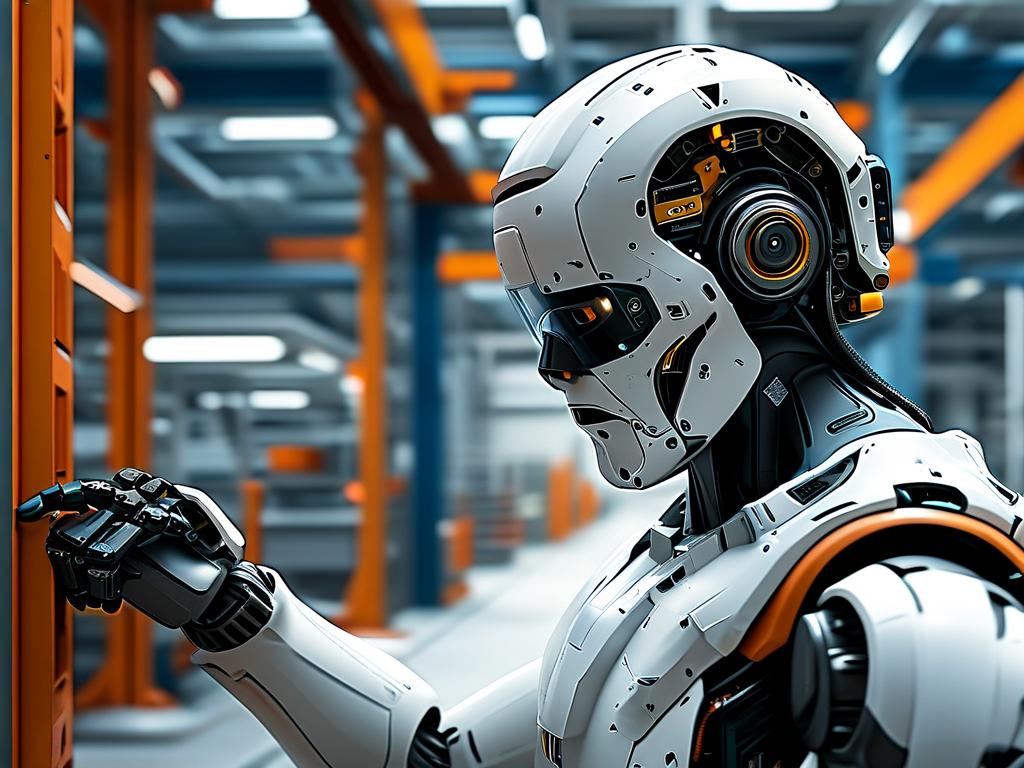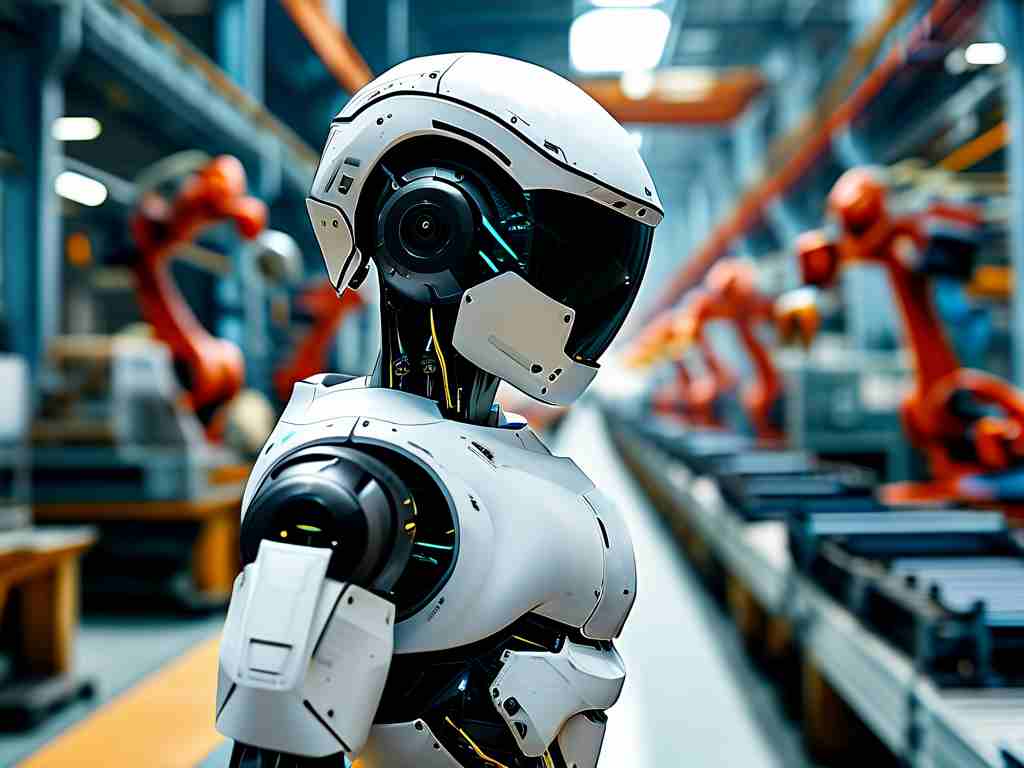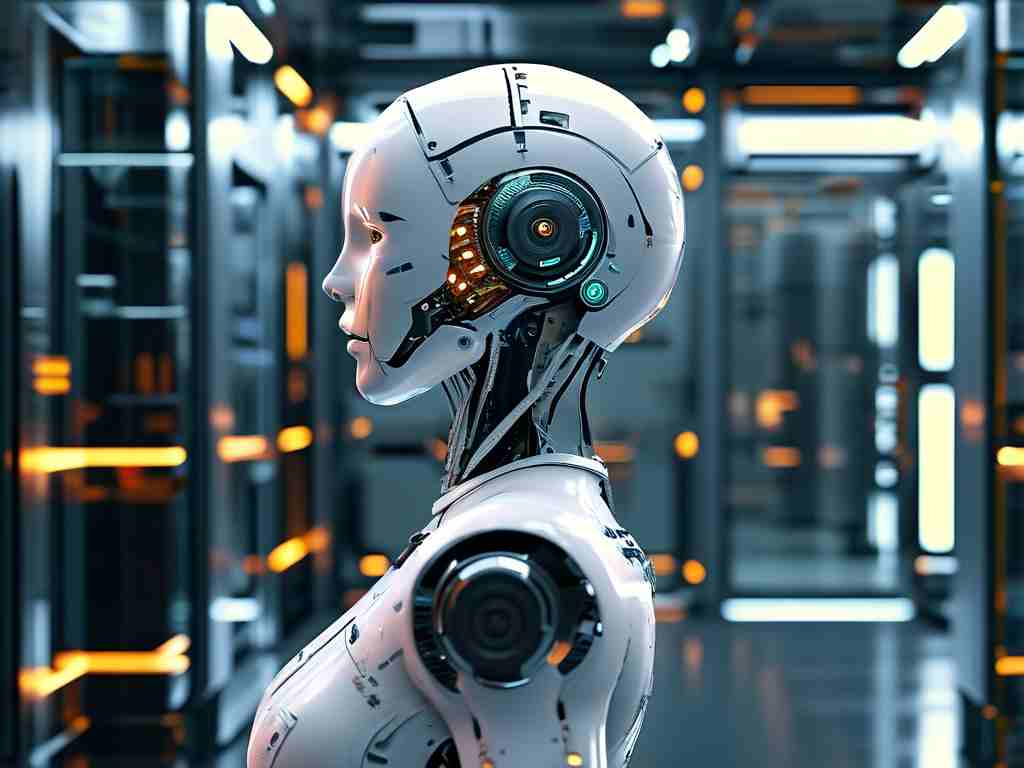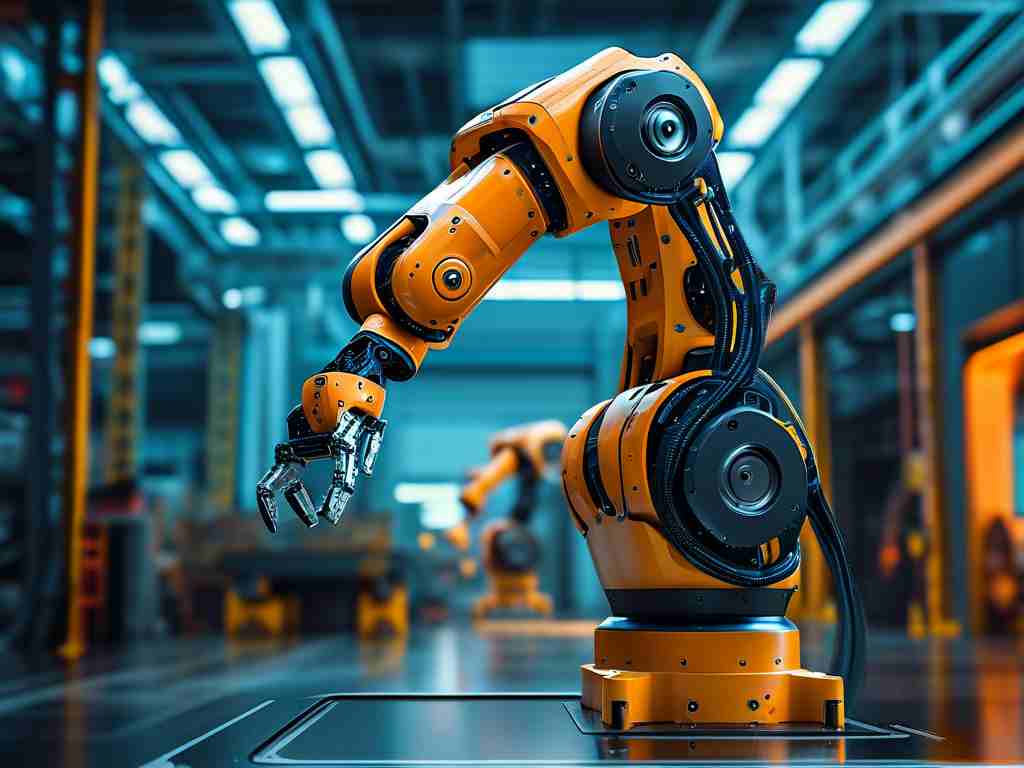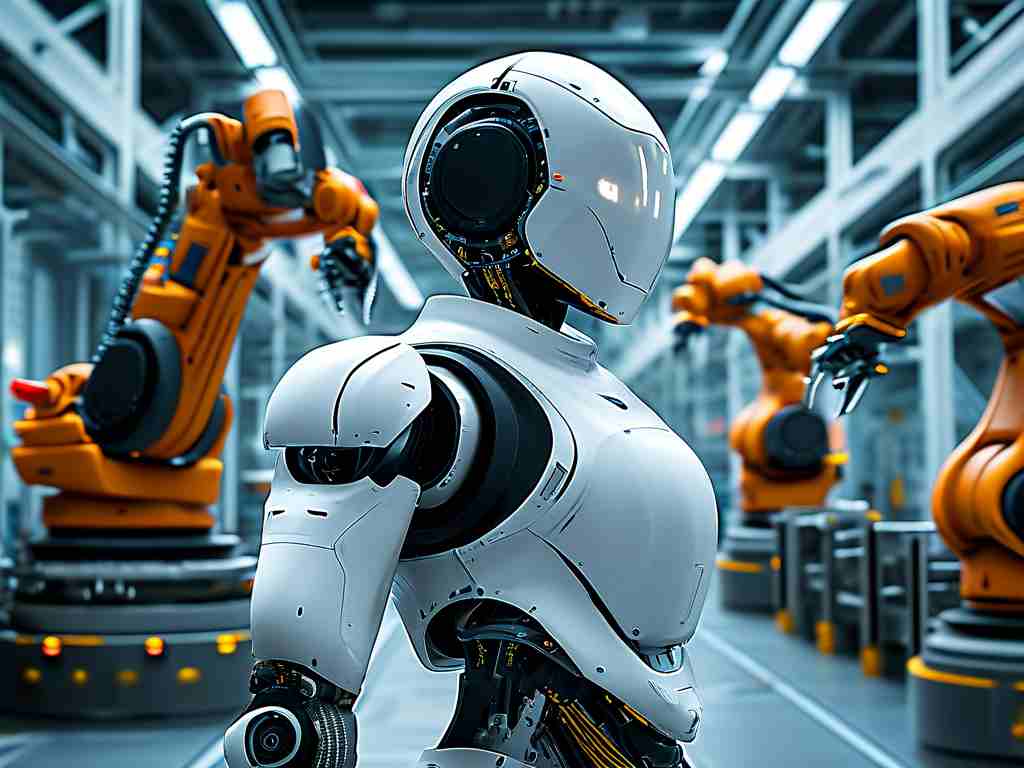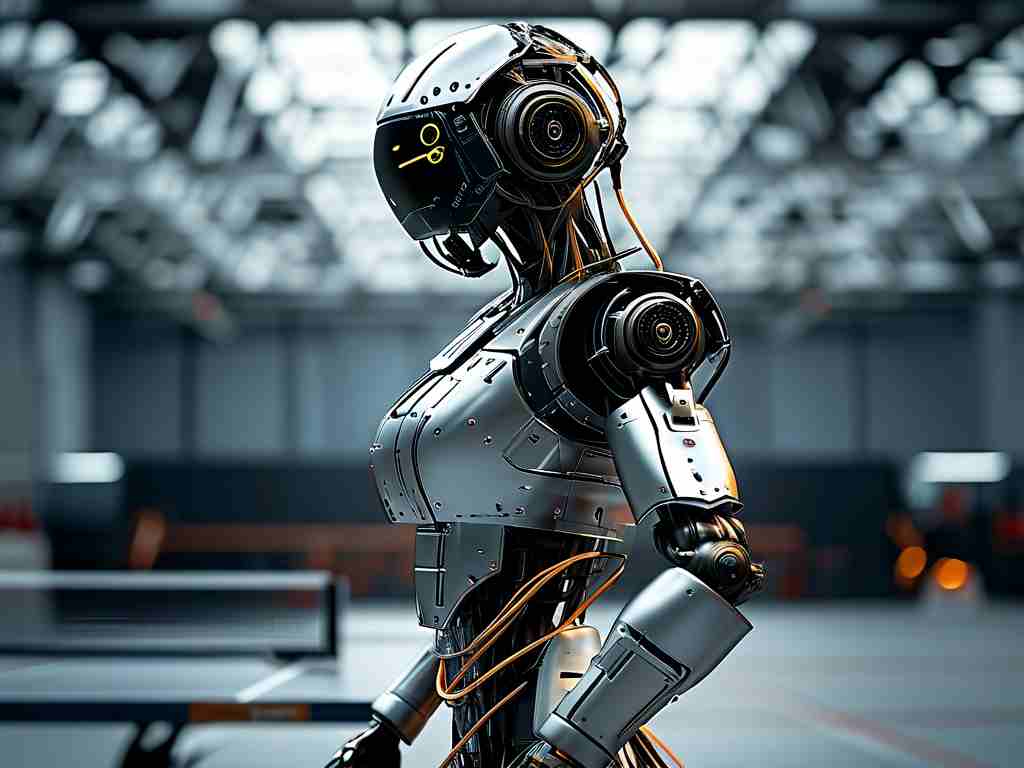The rapid evolution of exoskeleton robotics has opened new frontiers in healthcare, industrial automation, and military applications. These wearable devices, designed to augment human physical capabilities, face multifaceted technical hurdles that demand innovative solutions. This article explores the critical challenges shaping the future of exoskeleton technology and the ongoing efforts to address them.

Power Efficiency and Energy Management
One of the most persistent obstacles in exoskeleton development lies in balancing power consumption with operational requirements. Modern devices must support prolonged usage while maintaining compact dimensions, creating a paradox for engineers. Lithium-ion batteries, though widely used, struggle to meet the energy density needs for extended missions in field applications. Researchers are experimenting with hybrid systems combining kinetic energy recovery and ultra-capacitors, but these solutions often add complexity to lightweight designs. A 2023 study by the International Robotics Consortium revealed that 68% of exoskeleton prototypes fail to achieve both energy efficiency and user comfort benchmarks simultaneously.
Biomechanical Synchronization
Achieving seamless coordination between robotic actuators and human movement patterns remains an unsolved puzzle. Traditional control systems rely on preprogrammed algorithms that frequently misinterpret subtle neuromuscular signals. Recent advancements in machine learning have enabled real-time gait prediction models, yet unpredictable terrain variations or sudden user movements continue to cause destabilization. The University of Cybernetic Engineering reported a breakthrough in adaptive neural interfaces last month, demonstrating 92% accuracy in anticipating lower-limb motions through embedded myoelectric sensors. However, scaling this technology for mass production poses cost and durability concerns.
Material Science Limitations
The quest for durable yet flexible exoskeleton frameworks pushes material engineering to its limits. Aerospace-grade alloys provide necessary structural integrity but increase weight burdens, while polymer composites face fatigue failure during repetitive stress cycles. A novel approach involving 4D-printed metamaterials has shown promise in laboratory settings, with shape-memory components adapting to joint angles dynamically. Field tests conducted in automotive assembly lines, however, exposed premature wear in high-friction areas, suggesting these materials require further refinement before commercial deployment.
Human-Machine Interface Complexity
Effective communication between users and exoskeletons demands intuitive control mechanisms that avoid cognitive overload. Voice commands and gesture recognition systems have proven unreliable in noisy industrial environments, while brain-computer interfaces remain invasive and energy-intensive. Tactile feedback systems using electroactive polymers are emerging as a viable alternative, providing haptic guidance without visual dependence. Early adopters in rehabilitation centers report improved motor relearning rates when combining tactile cues with motion assistance, though calibration consistency across diverse user physiologies remains problematic.
Safety and Regulatory Compliance
As exoskeletons transition from laboratory prototypes to real-world applications, safety protocols struggle to keep pace with technological advancements. A 2022 incident involving hydraulic pressure failure in a construction exosuit highlighted the catastrophic risks of mechanical malfunctions. Regulatory bodies now mandate redundant braking systems and emergency disconnect features, adding weight and cost to designs. The European Robotics Standards Committee recently introduced tiered certification processes, requiring 1,200 hours of failure mode testing for medical-grade devices—a standard that delays market entry by an average of 14 months.
Ethical and Economic Considerations
Beyond technical barriers, the proliferation of exoskeleton technology raises questions about workforce displacement and accessibility. While industrial models enhance productivity, labor unions increasingly voice concerns about mandatory performance benchmarks tied to exosuit usage. In healthcare, the $40,000–$120,000 price range for rehabilitation exoskeletons creates disparities in patient access. Governments and manufacturers are exploring lease-to-own models and insurance subsidies, but equitable distribution remains elusive.
The path forward for exoskeleton robotics hinges on collaborative innovation across disciplines. From nanotechnology breakthroughs in energy storage to AI-driven motion prediction algorithms, each solution brings us closer to overcoming these challenges. As Dr. Elena Voskoboynikova, lead researcher at the Global Bionics Institute, observes: "The true measure of success won't be technical specifications, but how invisibly and naturally these systems integrate with human capabilities." With sustained investment and interdisciplinary cooperation, the next generation of exoskeletons may well redefine the boundaries of human-machine symbiosis.


